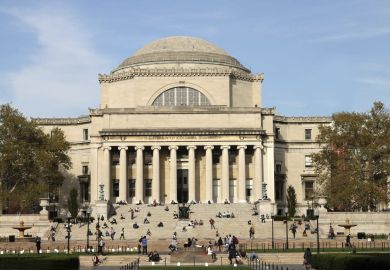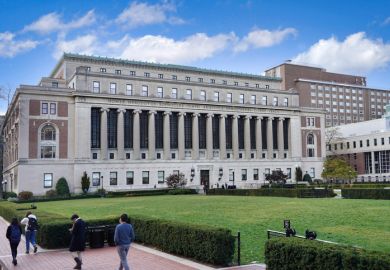Most young Australian university students are ineligible for income support, and those who qualify must make do on benefits well below the poverty line, and rental allowances that would tempt no landlord.
A new report says the welfare scheme for tertiary students aged below 25, Youth Allowance, is manifestly inadequate for the relatively few lucky enough to get it. Recipients typically attract less than A$26 (£15) a day – a figure that would need to be more than tripled to keep them out of poverty.
Even those who pocket the maximum benefit for single students without dependents, including rent assistance, receive payments 45 per cent below the poverty line. And most students aged under 22, the point at which they are deemed independent for Youth Allowance purposes, do not attract any benefits.
The report says that more than 450,000 students fall into this category. Many are barred from receiving Youth Allowance because their parents’ earnings exceed the very modest threshold at which they are considered wealthy enough to support their offspring – regardless of their inclination to do so.
Students whose family homes are unsafe can qualify for benefits, so long as they can persuade their parents or teachers to sign statutory declarations to that effect – a “ridiculous barrier”, according to one survey participant. “When it’s not safe for people to live at home it’s difficult to get that proof,” they said.
Meanwhile, Youth Allowance’s rental component has fallen far behind housing market realities. The report says a pre-Covid analysis of 45,000 rental properties found that none were affordable for Youth Allowance recipients, after long-term housing cost hikes stood at more than double the increases in rent assistance.
Since then, rents have skyrocketed and inflation is tipped to reach 8 per cent – a reality made all the more painful for students after a short-lived coronavirus supplement raised income support benefits by as much as A$550 a fortnight, and gave recipients “a brief reprieve from payment rates below the poverty line”, according to the report.
The National Union of Students (NUS), which produced the report in partnership with the Foundation for Young Australians, described the findings as “harrowing”.
NUS president Georgie Beatty said her members were accustomed to juggling work and study, “but the increasingly high costs of living and a number of systemic failures continue to impact the health and well-being of students across the country”.
The report authors want the Youth Allowance age of independence lowered to 18 and payments boosted to at least A$88 a day. Benefits should be adjusted twice a year to keep pace with the real cost of living, they add, while rental assistance payments should be kept “in line with market rents”.
Social services minister Amanda Rishworth acknowledged that many people were “doing it tough right now” because of cost-of-living pressures. “But these economic pressures are complex, as are the factors that contribute to poverty,” she said.
“The challenge is that there are many competing priorities and maintaining a strong Australian economy in the face of global headwinds means that we’re faced with making some difficult choices. So unfortunately, we simply can’t fund every good idea that has merit right now.”
Register to continue
Why register?
- Registration is free and only takes a moment
- Once registered, you can read 3 articles a month
- Sign up for our newsletter
Subscribe
Or subscribe for unlimited access to:
- Unlimited access to news, views, insights & reviews
- Digital editions
- Digital access to THE’s university and college rankings analysis
Already registered or a current subscriber? Login








